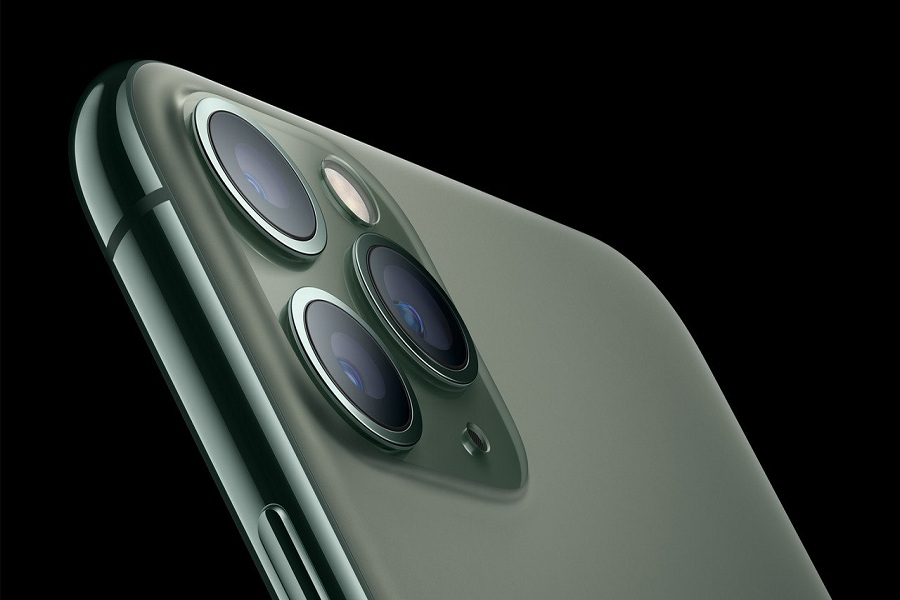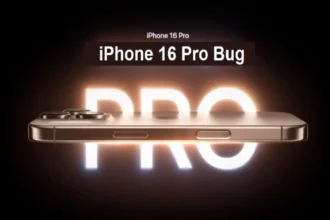The virtual reality (VR) market is heating up with the release of two highly anticipated new headsets – the Apple Vision Pro and Meta Quest 3. Both offer cutting-edge mixed reality capabilities but have key differences that may make one a better choice over the other depending on your needs and budget.
Overview and Pricing
The Apple Vision Pro is Apple’s first VR/augmented reality (AR) headset. It features an ultra-premium design with a unique curved glass visor and aluminum alloy frame. With a starting price of $3499, it is aimed at professionals, developers, and early tech adopters.
The Meta Quest 3 is the latest iteration of Meta’s (formerly Oculus) popular Quest standalone VR headset line. Priced at $499, it offers significant upgrades over the Quest 2, including pancake lenses, improved displays and processors, and full color passthrough mixed reality. The Quest 3 is targeted more towards mainstream consumer VR enthusiasts.
Key Spec Comparison
| Apple Vision Pro | Meta Quest 3 | |
| Price | $3499 | $499 (128GB), $649 (512GB) |
| Release Date | Early 2024 | October 2022 |
| Chipset | Apple M2 + R1 chip | Qualcomm Snapdragon XR2 Gen 2 |
| Display | 4K OLED per eye, up to 120Hz | 4K LCD (2160 x 2160 per eye), up to 120Hz |
| Optics | Custom pancake lenses | Pancake lenses |
| Tracking | 12 cameras, 5 sensors, eye tracking | 6 cameras, multiple sensors |
| Battery Life | Up to 2 hours | ~3 hours |
| Weight | Around 1 pound | 515 grams |
Design and Ergonomics
The Vision Pro sports a sleek, minimalist aesthetic reminiscent of Apple’s other products like the iPhone and Apple Watch. The curved glass and rounded corners give it an elegant, futuristic look. Initial impressions are that it feels lightweight and comfortable for short-term use.
The Quest 3 retains a similar overall design to the Quest 2, with a plastic body and thick foam face lining. At 515g, it is lighter than the Quest 2 and features a 40% slimmer profile thanks to the new pancake lenses. The redesigned form factor and better weight distribution make the Quest 3 more comfortable for extended gameplay sessions than its predecessor.
For those needing vision correction, the Vision Pro supports custom prescription lenses that magnetically attach. The Quest 3 works with the same prescription lens inserts as the Quest 2.
Displays and Optics
Apple has packed the Vision Pro with cutting-edge micro-OLED displays boasting a resolution equivalent of over 4K per eye, with support for up to 120Hz refresh rates. The custom pancake lenses and precision aluminum housing allow for unparalleled image sharpness and clarity.
The Quest 3 also gets a nice display upgrade over the Quest 2, with dual LCDs providing 2160×2160 pixels per eye, adding up to Meta’s “4K+” marketing term. While not as high-res as the Vision Pro, the Quest 3’s screens are a huge improvement in visual fidelity over the Quest 2.
Both headsets incorporate pancake lens technology to slim down the optics while improving edge-to-edge image uniformity. The Quest 3’s optics offer a 37% larger sweet spot and 25% increased field of view compared to the Quest 2.
Performance and Tracking
Apple has packed an insane amount of processing power into the Vision Pro, leveraging their latest M2 chip along with a custom R1 chip focused on spatial computing workloads. This cutting-edge silicon enables jaw-dropping visuals and lag-free tracking and rendering.
The Quest 3 utilizes Qualcomm’s latest Snapdragon XR2 Gen 2 platform, offering 2-3x improved performance over the Quest 2’s XR2 Gen 1. While not on par with Apple’s beastly Vision Pro hardware, the Quest 3’s chipset bump makes it Meta’s most powerful standalone VR system yet.
Both headsets feature multiple external cameras for robust inside-out tracking. The Vision Pro takes things further with additional cameras and sensors dedicated to eye and face tracking, hand tracking, and environment mapping.
Software and Ecosystem
The Vision Pro showcases Apple’s new VisionOS, which blends 2D app windows with immersive 3D environments. It supports iPhone/iPad apps out of the box, with developers able to optimize their apps for VR using new APIs. Expect Apple’s usual tight hardware/software integration and polished UX.
Meta is boasting over 400 titles optimized for Quest 3 at launch, with more in development. Backwards compatibility with Quest 2 apps is excellent, and the Quest platform offers the most mature and complete mobile VR ecosystem. The Quest 3 also supports PC VR gaming via Oculus Link.
For mixed reality, the Vision Pro appears more seamless with its EyeSight feature allowing passthrough video to show your eyes to others when needed. The Quest 3 tries to mimic this effect through rendering.
Final Verdict
The Apple Vision Pro offers an incredibly refined and feature-packed high-end mixed reality experience, but its steep $3499 price limits its appeal mostly to commercial use cases. The $499 Meta Quest 3 provides a more accessible entry point to consumer VR and mixed reality, albeit with some compromises from the cutting-edge Vision Pro.
For most users, the Quest 3 likely represents the best bang for the buck in terms of balancing price, performance, and features. However, professionals and enterprise customers may find the Vision Pro’s premium capabilities and seamless integration worth the premium pricing. Both push the boundaries of what’s possible with spatial computing today and offer exciting glimpses into the future of VR and AR technology.
While the Meta Quest 3 is much more affordable and offers compelling upgrades over its predecessor, the Apple Vision Pro looks to be in a class of its own in terms of pushing the boundaries of high-end VR and mixed reality. But its pricing makes it unattainable for many. For most consumers, the Quest 3 hits a sweet spot of price and capabilities in a VR headset.






